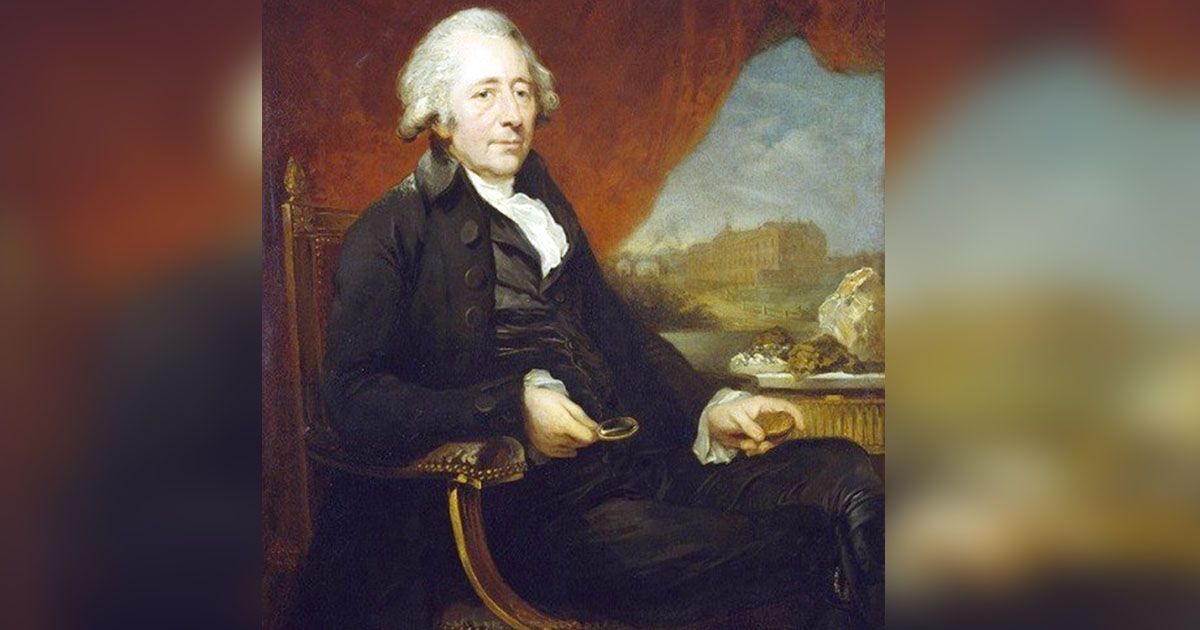
Dinesh Lahoti - Founder, Edugenie
This section will carry everything related to Science, Technology, Engineering and Maths (STEM).
Power of steam
People in the ancient world had few choices for getting work done. They could use wind, water, or muscles. Sailing ships used the wind to carry them along. Windmills were used to turn stones to grind grains. Water from rushing streams or dams could be used to turn mill wheels and grind grain. But wind was unreliable, and fast-flowing water was often unavailable in the location where it was needed. Muscle power was the only other choice. Horses carried riders and pulled chariots. Oxen pulled ploughs and heavily-laden wagons. Often, human beings had to do heavy work on their own. The Egyptians built the Pyramids with the help of as many as 100,000 labourers.
The invention of the steam engine changed the world. It reduced the oppressive use of manual labour and provided reliable power in places where water and wind were not practical. Although many people had a hand in making steam power possible, the one individual who made it practical was Scottish inventor James Watt.
As a selling point, Watt compared the power of his engine with that of a horse. He tested a strong horse which pulled a rope that used a pulley to carry a heavy weight. Watt called this ‘horsepower’. A seven-horsepower engine could do the work of seven horses. Engineers still use horsepower to measure power. In the metric system, the unit of power is watt, named in honour of James Watt. One horsepower is 746 watts.
Watt also invented a governor to control the speed of the engine and it was the first automatic control of machinery. Other inventors put the steam engine to different uses and this invention helped start the Industrial Revolution in the 1760s and changed the world in a fundamental way.

